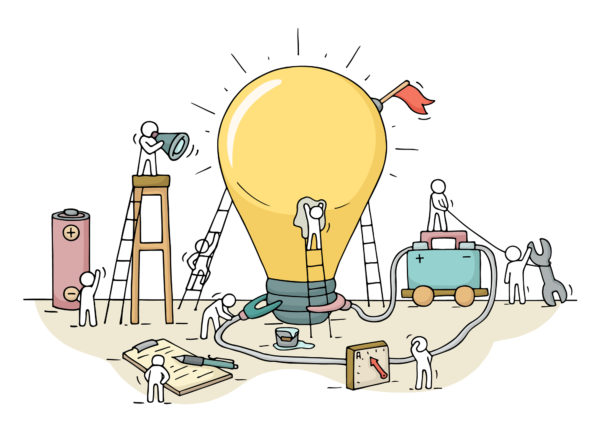Though makerspaces are becoming more mainstream, creating and maintaining one could overwhelm educators who are starting from scratch.
Aside from the technology tools and other resources that make up the space, it’s wise to have a plan in terms of when students will use the space, how it will be shared, where funding will come from, and how students will demonstrate what they are learning.
A makerspace is loosely defined as an area in which people–in this case, students and educators–use creativity, technology and computing to work on different projects and ideas, said October Smith, the K-12 science coordinator in Lamar Consolidated ISD, during a TCEA 2017 session.
Why the maker movement? People who want to make things and share those ideas and creations, Smith said.
“You’re all makers–you produce things each day,” Smith said. “Leonardo DaVinci was a maker. This is not something new. We just talk about it more now.”
(Next page: Tips for makerspace success)
After getting a STEAM makerspace camp for girls off the ground in her own district, Smith shared some tips and lessons learned to keep the space fun and engaging.
1. Make it personal. “Don’t expect to learn how to do something just in your classroom. Do it at home. The more you do outside of your day job, the more likely you are to bring it into the classroom,” Smith said.
2. Don’t be afraid to try new things, even if you think they might not be successful at first. Tinkering is a big part of a makerspace.
3. Investigate different ways for the makerspace to pique students’ curiosity. Start with a STEAM camp and expand to a full-fledged makerspace in school, secure Title I funding to help, or try out a makerspace for a month to gauge interest.
4. Don’t let money deter you. As for volunteers, create detailed plans for the makerspace, and seek out local foundations, universities and grants that might fund the makerspace. “The funding is out there if you go looking for it,” Smith said. “The more you ask, the more you’ll find.”
5. Link the makerspace to your classroom. Let students “earn” extra time to work on their own interests and passions in the makerspace, similar to a genius hour. Ask students what they could create in the classroom if they had total freedom. Frame things around problem solving and force students to think like scientists.
6. Plan for implementation and communicate those plans to administrators, fellow educators, parents and students. For example, Smith told her students that projects should be teacher-approved, must be researchable (i.e., students shouldn’t be able to find an answer to their problem on Google), and they must present their projects and results to their peers.
7. Let students fail. Even though they fail, they’ll learn something from their research and tinkering, and they can present that to their peers.
8. Still not sure how to get started? Look into tinkering and makerspace books, such as Sew Electric, Invent to Learn, and The Art of Tinkering. Teachers could also use PD money to attend makerspace workshops.
- 4 ways to support work-based learning - April 23, 2024
- Prioritizing inclusivity in game-based learning - April 22, 2024
- Friday 5: Universal Design for Learning - April 19, 2024


